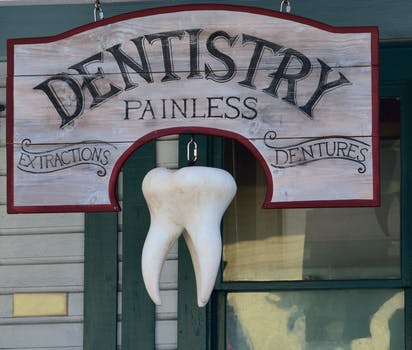
Studies estimate that 178 million Americans miss at least one tooth, and about 40 million Americans miss all of their teeth. Additionally, researchers found out that 30% of adults between 65-74 years old have no natural teeth. Meaning, as a person ages, the problem gets worse.
There are many reasons people have missing teeth, such as accidents, gum disease, decay, failed root canal, and even genetics. Thankfully, dental bridges can fix gapped teeth. But you need to understand the differences between the permanent or fixed and removable dental bridge to weigh your options. On top of these, visit your dentist to discuss what suits your needs.
Your dentist will assess your missing teeth if a dental bridge is the best option. They will examine the area and require an X-ray of your jaws to understand your situation fully. It often takes two dental appointments to complete your dental bridges, whether it’s removable or fixed.
What Are Removable Dental Bridges?
Removable dental bridges or overdentures replace one or more missing teeth to help restore normal functions and are used for cosmetic purposes. They can bridge one or more teeth in the same dental arch and don’t need teeth on each side of the missing tooth. Its stability depends on the number and placement of the remaining teeth to support it.
Your dentist will attach false teeth to a plastic base. They also use a metal framework to keep the teeth together and connect them with the natural teeth.
Benefits of Removable Bridges
- You can easily remove it at home for maintenance, compared to a permanent bridge wherein you need a dentist to remove it.
- It’s easier to keep your mouth clean by taking it off and cleaning the gums and tissues beneath it, while you need a special floss for a fixed bridge to get rid of plaque.
- Improves your facial appearance
- Less expensive than permanent dental bridges
- Fewer follow-ups with a dentist
What Are Fixed or Permanent Dental Bridges?
Fixed dental bridges involve full arch replacement. They are like human’s natural teeth cemented in place for stability. Your dentist will use an artificial tooth called a pontic that is very similar in shape and size to your missing tooth to replace the missing tooth.
On the first day of your appointment, they will prepare the teeth on both sides of your gap and attach the bridge. These teeth permanently lose their natural look and shape after this step. While waiting for your permanent bridge, they will prepare a temporary bridge, which they will fit, adjust, and cement to your prepared teeth. Your fixed bridge is permanent, and only your dentist can take it off your mouth.
Advantages of Fixed Bridges
- Fixed bridge functions as a natural tooth as soon as your dentist places it, unlike a removable bridge wherein it takes some time to get used to it.
- Improve the appearance of your face.
- Long-lasting than removable bridges
- More stable than a removable bridge, including bites and speaking
Conclusion
First and foremost, you need to visit a dentist to assess what you need, and not only what you want. For instance, Zirconia teeth may be required, not a dental bridge, based on your current situation. They require an x-ray to assess your situation and consider the extent of your tooth loss and the health of your remaining teeth. While the cost is an essential factor to consider, you should prioritize your health and comfort.
Removable dental bridges are perfect if you lose multiple teeth at different places throughout a dental arch or are concerned about the cost of fixed bridges. Also, a removable bridge may work for you better if your remaining teeth are not strong enough to support a fixed bridge.
Otherwise, fixed bridges are always the best option if you want a secure solution for biting problems or lose only a few teeth from one area of your mouth. In addition, dentists recommend these if you have strong remaining teeth to support them and you want to have natural-looking teeth.

